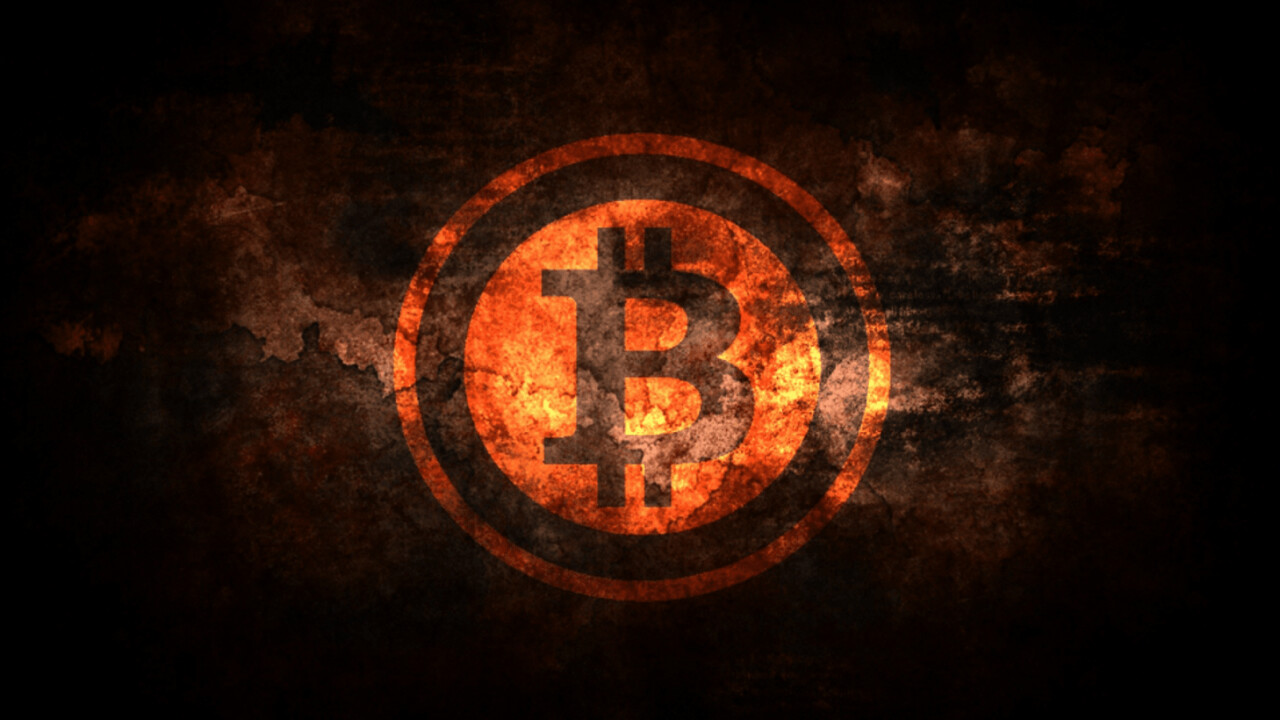
According to a new paper by University of Texas finance professor John Griffin, and graduate student Amin Shams, Bitcoin’s price may have been artificially inflated in its run-up last December to nearly $20,000 per coin.
It was just seven months ago that some of the internet’s most insufferable assholes told anyone that would listen about the newest force in the global currency market. It was a coin, made of digital 1’s and 0’s, that would disrupt the very idea of currency, a project so revolutionary that we’d all be rich, if only we had the resolve to “HODL.”
And some did. During Bitcoin’s most recent boom, millionaires were made — a handful of billionaires too.
Others bought at the peak of the hype cycle, mortgaging homes and other assets to get in early and ride the rocket to its next station, which was the “moon,” according to cryptocurrency types.
Instead, they saw the asset falter. First losing half of its value in January, before a brief rally breathed new hope into the market, only to painfully extract it in the following weeks.
Now, Bitcoin’s value sits at just $6,500, a nearly 70 percent decrease in value over that span. If this were a stock, this is the point at which shareholders might begin to consider liquidating assets.
But in cryptocurrency, nothing is what it seems.
According to Professor Griffin — who has a history of spotting fraud in financial markets — we were all victims in what could be a massive price manipulation scam.
Griffin looked at the flow of digital tokens entering and leaving one of the largest cryptocurrency exchanges, Bitfinex, and identified several patterns that would suggest someone, or a group of people, had successfully propped up prices when they’d flattened at other exchanges.
To push up the price when it sagged elsewhere, someone or some people, at Bitfinex purchased Bitcoin using a secondary currency known as Tether. Tether was created, and sold, by the owners of Bitfinex. Tether’s creators claim the currency is backed by the US dollar, providing a hedge against volatility in cryptocurrency markets. Simply put, it allowed investors to offload Bitcoin (or other cryptocurrencies) into Tether during wild price swings as a means to avoid substantial losses.
Professor Griffin and Mr. Shams examined the flow of Tether and determined that roughly half of Bitcoin’s price in 2017 could be traced to the hours immediately following its movement into other exchanges — typically during periods where cryptocurrencies were in decline. Coin prices at marketplaces that used Tether exceeded those of exchanges that did not, according to the researchers. The pattern ended earlier this year when Bitfinex stopped issuing new Tether.
Bitfinex executives have denied the exchange was involved in any manipulation. The company, told the New York Times today that it never engaged in “any sort” of market or price manipulation and that “Tether issuances cannot be used to prop up the price of Bitcoin or any other coin/token on Bitfinex.”
Regulators don’t seem to be as sure. Late last year, the US Commodity Futures Trading Commission subpoenaed Bitfinex, and Tether — both of which share a CEO — for a closer look.
Things got worse for the company from there, as it cut ties with a third-party auditor, Friedman LLP., over its failures in auditing the supply of Tether in a “reasonable timeframe.”
Friedman, however, was never hired to look at the reliability of Tether’s records, just to prove that the stated amount existed — the equivalent of writing random numbers in an accounting ledger, and then hiring a firm to prove that there are numbers in an accounting ledger. The scope of Friedman’s audit was limited, and remains unfinished.
According to the New York Times, two others have come forward to back Griffin’s research. University College London professor Sarah Meiklejohn said the analysis “seems sound” and chief economist at blockchain data analysis company Chainalysis, Phillip Gradwell, said the study “seems credible.”
What this means for Bitfinex, Tether, or cryptocurrency markets as a whole remains to be seen.
Get the TNW newsletter
Get the most important tech news in your inbox each week.




